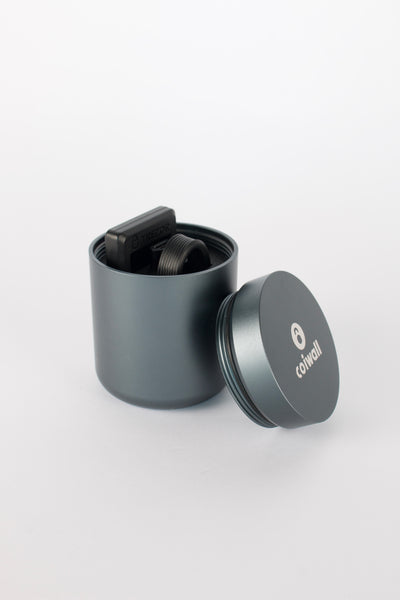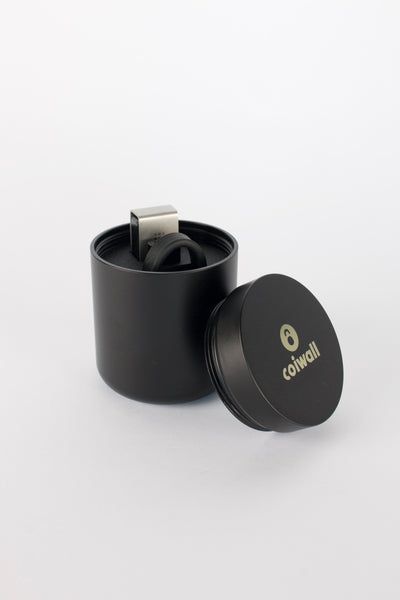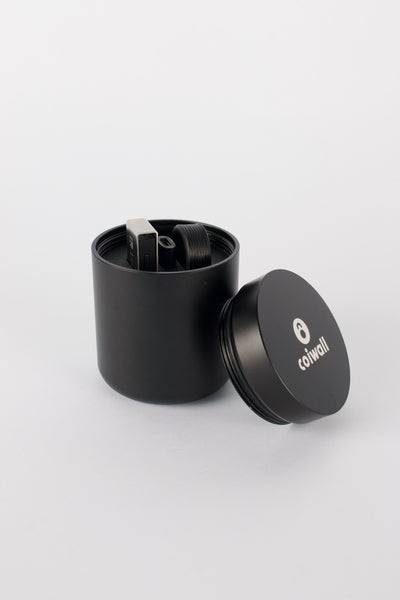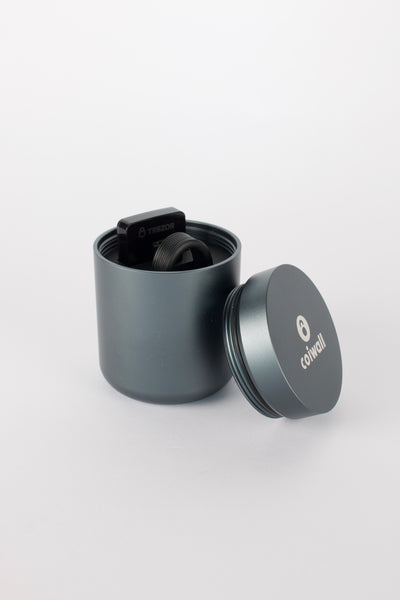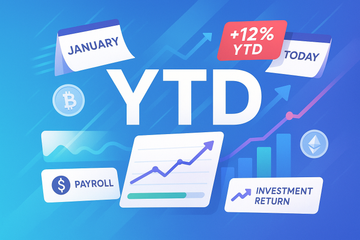Look, let’s not beat around the bush: numbers paint a story, and sometimes the tiniest details—like the phrase “Year to Date” (or YTD, as the cool accountants say)—reveal more than you’d think. Whether you’re a crypto trader furiously checking your portfolio during morning coffee, or a business owner leafing through quarterly spreadsheets, YTD has probably popped up on your radar. But why does it matter? And how is it everyone’s favorite reference point from Wall Street to your local coffee shop’s sales log?
Pardon Me—But What Exactly is YTD?
Year to Date sounds fancier than it is—the concept is blissfully simple. Take the total from the very start of your year (either January 1 or the first day of your company’s quirky fiscal cycle) and run it up to today’s date.
That’s your YTD. Calendar or fiscal? Here’s the crucial detail: not everyone starts their financial year the same way. For folks in the U.S. or most crypto exchanges, it usually means January 1. But if you’re working with a company like, say, Apple (whose fiscal year starts in October), you’d run those numbers from the fiscal year’s kick-off instead.
Want a real-world example? Picture this: it’s April 15, and you’re reviewing your crypto wallet’s performance. Your ‘year to date’ measurement compares everything from January 1 to April 15. Trezor and Ledger dashboards both highlight YTD because it’s the clearest, apples-to-apples way to see how you’ve stacked up since the ball dropped on New Year’s.
Why Do We Care About YTD Anyway?
Let me explain. “Year to Date” isn’t about obsessing over arbitrary deadlines. It’s about context. Why compare returns from January through April and not just the last week? Because YTD smooths out weird hiccups and lets you weigh performance against something real. It’s like your favorite track suit: reliable, always fits, and never goes out of style.
YTD in Finance: You know what’s funny? Sometimes financial gurus make it sound like YTD is just for the New York Stock Exchange crowd. Not true! It’s baked into your paystubs, your retirement accounts, portfolio dashboards, and even tax summaries. Crypto wallets love YTD for showing growth (or the occasional, humbling shrinkage) against each calendar or fiscal period.
- Payroll: Ever glance at your paystub and wonder why “YTD Earnings” keeps inching upwards? It’s tracking your total pay since the beginning of the year—a handy number at tax time or for those big-picture career moves.
- Return on Investment: Let’s say one of your favorite coins, maybe Ethereum, has gained 12% “year to date.” It’s a quick, no-nonsense snapshot: have your decisions paid off so far, or should you switch gears before Q4 chaos?
- Taxes and Deductions: YTD lets you keep a tab on total taxes paid, which comes in handy in April (or March, if you’re an early-bird filer).
Feeling Skeptical? Here’s Why Timing Matters
Wait, is there a catch? Absolutely. Early in the year, YTD can swing wildly. Imagine Bitcoin has a wild January surge only to flatline by February. Your YTD might look mind-blowing for a few weeks—until reality sets in. That’s why pros stress the importance of comparing year-over-year YTD figures. Was last year’s rocket ride just seasonal hype, or is there a deeper trend?
And context, honestly, is everything. Were you comparing YTD sales in crypto hardware in 2024—when the market boomed right after the latest halving event? Or are you looking at more “regular” years?
Popular Tools and Tricks for YTD Superfans
Heavy hitters in the crypto and investment game—like Trezor, Ledger, or even platforms like CoinMarketCap—make YTD calculations almost automatic. Their dashboards splash those numbers across the screen, so all you need is a login and a bit of curiosity. But that’s not where it ends.
- Spreadsheets: Old-school, maybe, but Excel and Google Sheets offer built-in functions to tally up everything “year to date.” Handy for any business, whether you’re hawking NFTs or organic avocados.
- Analytics Platforms: Apps like Personal Capital, CoinTracking, or Yahoo Finance track YTD as a default metric. No fuss, plenty of control—and, crucially, lots of charts for visualization.
- Crypto Wallets: The Trezor Suite and Ledger Live software make YTD performance a front-and-center feature, especially for those managing diverse wallets or hopping between blockchains.
Here’s a little secret: even if you’re not a finance buff, you can set up basic formulas to keep your eye on YTD profits, losses, or whatever matters most. It’s as simple as =SUM(data from start date to today).
Culture, Habits, and a Sprinkle of Skepticism
Here’s the thing: YTD isn’t just financial jargon—it shapes how people make decisions, set goals, and even celebrate wins. That’s no accident. In crypto circles, folks brag about YTD returns more than almost any other stat. It’s a badge of honor… or a reminder to tune up your strategy if the number’s not what you hoped.
Seasonality matters, too. Crypto fans know the halving years bring wild swings, making YTD even more hotly debated on social media. And don’t forget: sometimes companies nudge those YTD stats in press releases to Gin up excitement, but savvy readers know to look at the bigger picture. One or two months don’t always predict the whole movie—sometimes, they’re just a flashy trailer.
Tying It All Together
So, whether you’re cashing out your altcoins or tallying up annual bonus points, YTD gives structure to a world that changes faster than you can say 'blockchain.' It’s not perfect, but it’s useful. Think of it as the calendar’s secret weapon—always tracking, always nudging us to pause, reflect, and maybe change tack.
And next time someone brings up “year to date,” you’ll know they’re not just quoting a number—they’re talking about a living, breathing story you can measure. Kinda wild, isn’t it?

